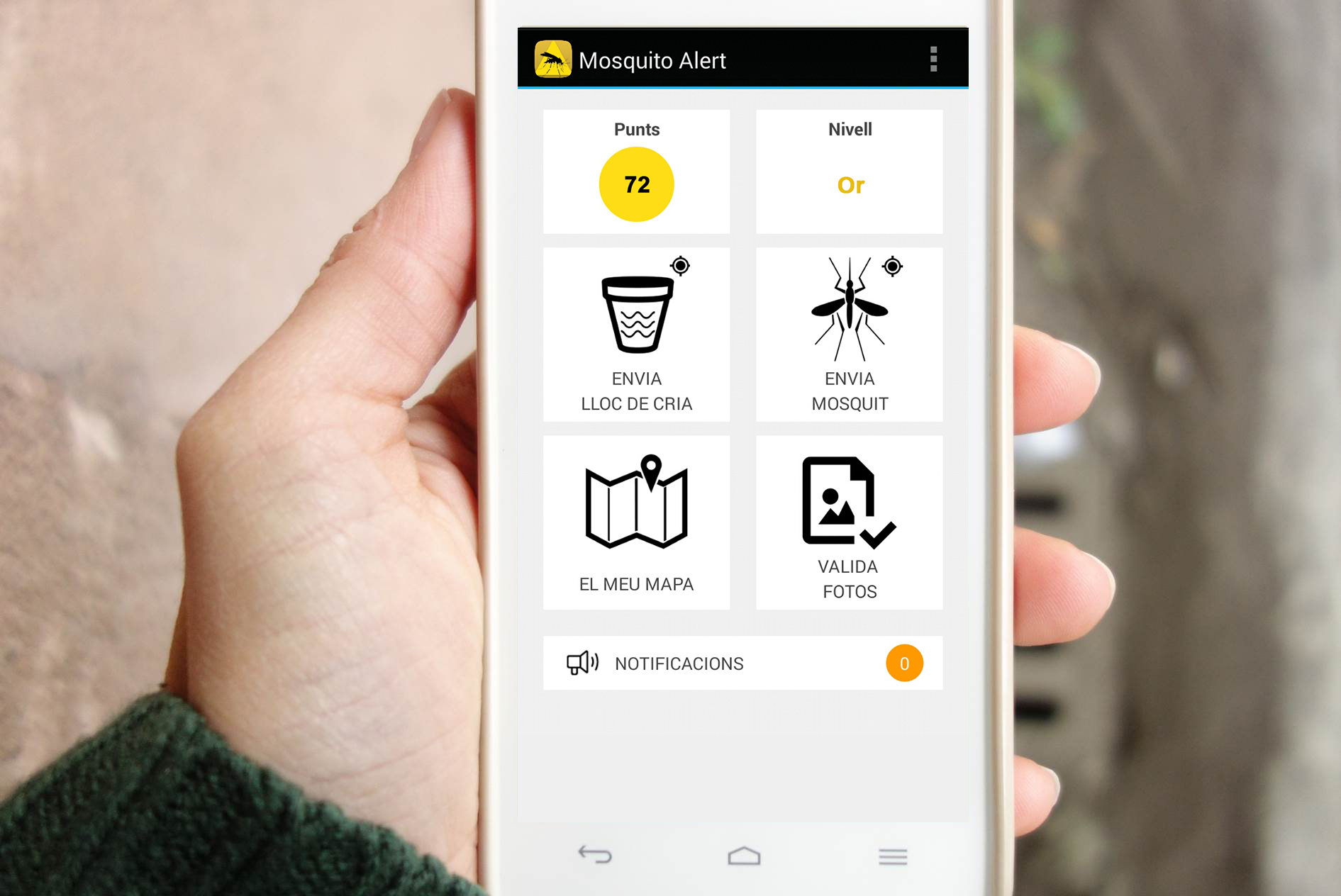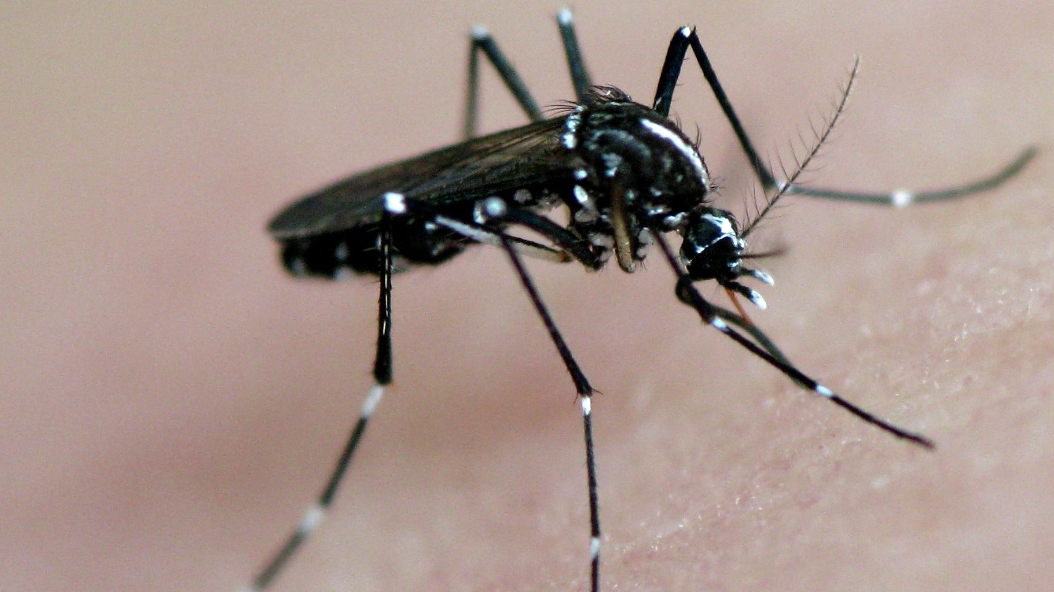Photos Mosquito Alert CC-BY
Did you know that the tiger mosquito starts to appear in the spring and can remain active until the end of November? In the city of Barcelona, this invasive insect arrived more than 10 years ago and, since then, it has not been an easy task to control its populations. The Barcelona Public Health Agency (ASPB in Catalan) has identified 60 risk areas throughout the city in which water tends to accrue, making them sites where the tiger mosquito breeds.
The tiger mosquito (Aedes albopictus) is an invasive insect and carrier of diseases like dengue fever, Zika and Chikungunya, and they also have a very short lifecycle. They tend to breed in urban locations where there is standing water that are normally hidden. Thus, one aim of the Mosquito Alert citizen science project is to involve residents in fighting the tiger mosquito, joining forces with scientists and public health managers to learn more about this species and prevent them from proliferating.
Participate with the Mosquito Alert app and make a contribution to science:
- Download the Mosquito Alert app: you can find it on Google Play and App Store.
- Trap the mosquito and identify it: if you see a mosquito and suspect it is a tiger, look closely at its appearance. If it is black, with white stripes on its body and legs and a single stripe on its head, it is indeed a tiger mosquito.
- Take a photo of it and send it via the app: try to ensure that the entire body is visible, especially the stripe on the head. The expert team will identify the mosquito type in the photo and will send you a message notifying you of the type or if they need more information.
- Look at the map: the Mosquito Alert observation map details all alerts made by residents with the app.

All photos submitted are published on the Mosquito Alert observation map. This interactive map contains all observation points since 2014 until today, and it is possible to use a time filter and search by municipalities. The map also shows breeding sites, which people can also send in via the app. Thanks to this collaborative map, professionals and scientists can use the data to improve strategies to control the tiger mosquito.
The Mosquito Alert citizen science project is coordinated by the CREAF, CEAB-CSIC and ICREA research centres, with the support of “la Caixa” social works and co-funding from Dipsalut (public health institute of the Girona Provincial Council). The Zoo collaborates on this project with an information campaign in the framework of the PICAT project (Integral Platform for the Control of Arboviruses in Catalonia), project SLT002/16/00466, financed by the Catalan Autonomous Government – Department of Health and led by the Vall d’Hebron Research Institute.
Download the Mosquito Alert information brochure.
And some tricks that may help you:
3 things you need to know to recognize the tiger mosquito.
How to take the best pictures of the mosquito.




